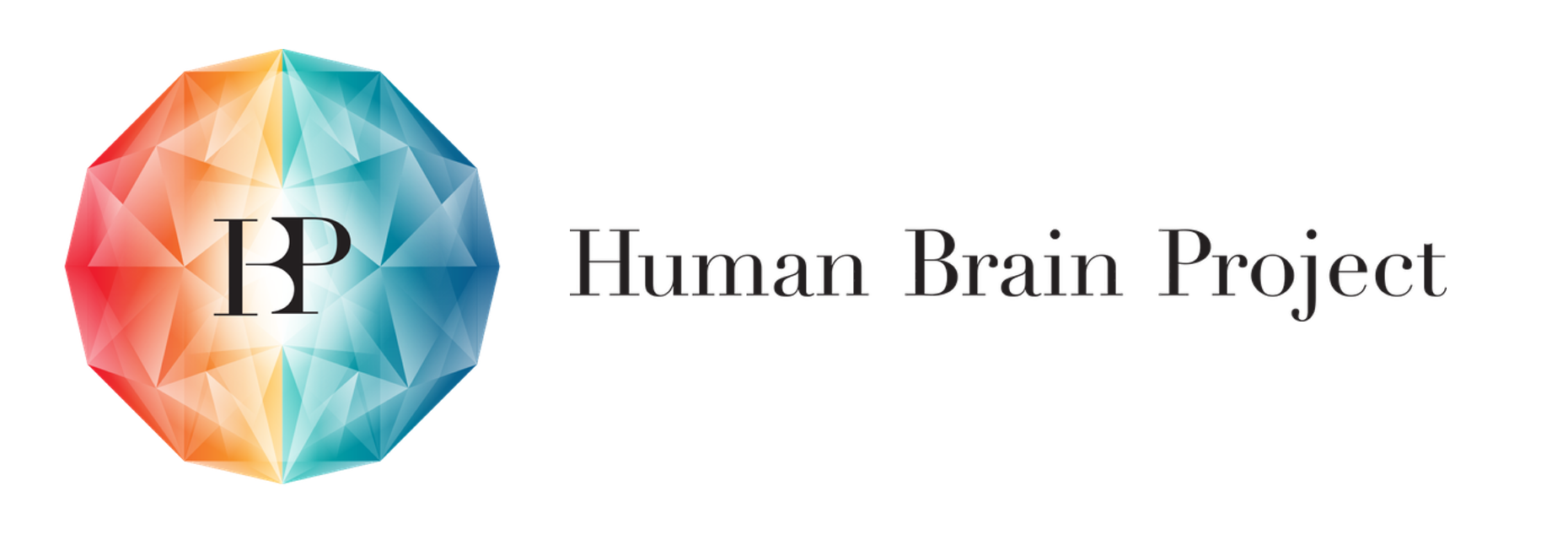

Welcome to SSBtoolkit’s documentation!
The SSB computational toolkit was developed to easily predict classical pharmacodynamic models of drug-GPCR (class A) interactions given just as input structural information of the receptor and the ligand. The toolkit doesn’t use any novel or untested methods. Instead, it brings together free and/or open source bioinformatic tools into a user-friendly pipeline to be used by experts and non-experts. The pipeline was built, as a first instance, in a jupyter notebook - an interactive computational environment for replication and exploration of scientific code and analysis. Nowadays, jupyter notebooks are being extensively used by the computational biology community, making them the preferred choice to share and rerun computational protocols.

Availability and License
The source code is freely available at https://github.com/rribeiro-sci/SSBtoolkit under the Apache 2.0 license. Tutorial notebooks containing minimal working examples can be found at https://github.com/rribeiro-sci/SSBtoolkit.
Developed by

Funded by

Citation 
pyGOMoDo is research software. If you make use of pyGOMoDo in scientific publications, please cite it. The BibTeX reference is
@article{ribeiro_ssb_2022,
title={{SSB} toolkit: from molecular structure to subcellular signaling pathways.},
author={Ribeiro, Rui Pedro and Gossen, Jonas and Rossetti, Giulia and Giorgetti, Alejandro},
publisher={bioRxiv},
url={https://www.biorxiv.org/content/10.1101/2022.11.08.515595v1},
doi={10.1101/2022.11.08.515595},
year={2022}
}